I left Tuskers in the cool early pre-dawn with Brian, along the sandy track to the main gate. We only saw three elephants near the fence, turning left for Moremi Reserve soon after, passing a few stalls of goods for sale, and later stopping to help a car towing a heavy trailer. Brian produced a pump, but the front tyre was spiked and the spare was also useless – Africa. We saw them later in the day, so someone fixed them up.
Along the roadside I recognised another item that reminds me of the past – a small yellow berry growing on a low shrub, which I believe is poisonous.
The lovely big thorn trees here are set in a grassland savannah that evokes memories of my bush walks on Rhodesian farms as a boy. A slow walk to the Hunyani River through the open savannah of bushes, sparse grass, and huge Msasa trees, accompanied by Bonzo, my fox terrier who would dash around sniffing the air, digging for fun. And then I would hear “go-way”, “go-way”, the loud, nasal call of the common grey go-away-bird.
Not far from the south gate of Moremi Reserve is a waterhole; there we found a delightful small herd of elephant in the mottled shade of large Mopani trees, watching and occasionally chasing a pack of painted dogs also in shade.
Also known as the painted wolf, African Wild Dog and Cape Hunting Dog, the African Painted Dog is the most endangered large carnivore in Africa, They hunt large prey like wildebeest, zebra and impala as a pack of 30 or more, and give the young and frail first crack at their kill. When they become old or sick they are taken care of by the pack rather than being abandoned or killed by other pack members. Only the dominant male and female breed, however, the whole pack takes care of the young. Adults regurgitate their food for the pups to eat until their hunting skills develop by about 12 months.
We sat here for longer than we should have, captivated by the actions of the elephants chasing the dogs, and the kudu pair and warthog cooling in the waterhole. It was hot, the glaring light creating deep dark shadows and bright reflections. African nature is beautiful, but also raw.
We reluctantly left this dog pack, the elephant family, and an uncertain kudu, for the most beautiful area in the Moremi, in my opinion, Xakanaxa, a swampy landscape of huge trees, green grass, and clear water – and the animals also love it!
The transition took me by surprise. One minute we were still in the hot dry woodland when Brian turned a corner and the next I was suddenly aroused from my heated stupor to be confronted by this beautiful parkland. The area is inhabited by lion, elephant, vervet monkeys, long tail starlings, geese, African rail, Coppery-tailed Coucal, Black Coucal, Red-chested Flufftail, African Crake, Black Crake, Chirping Cisticola, Luapula Cisticola, Purple Swamphen, and Allen’s Gallinule to name but a few. Not that we saw all these. A paradise but for the predators!
Lechwe were feeding on the lush grass; a vervet monkey ran past, while an elephant stood dreaming.
A few more of the elephant were resting in the mid-day heat, and the vervet monkey displayed his human expressions. Is he pondering the state of the world, while assessing the action below? They form complex but stable social groups (troops) of 10 to 50 individuals mainly consisting of adult females and their immature offspring. Males move freely in and out of these groups. Within the troop, each adult female is the centre of a small family network. Females who have reached puberty generally stay in the troop. Grooming is important in a monkey’s life. Vervets (as well as most other primates) spend several hours a day removing parasites, dirt or other material from one another’s fur. In the primates’ hierarchy, dominant individuals get the most grooming. The hierarchical system also controls feeding, mating, fighting, friendships and even survival.
We still had a long way to go, so we were about to reluctantly leave when another guide told us about lion nearby. They were lazing around and could hardly be seen from the track. Brian did the naughty, driving off-track to them. As usual, they were unconcerned and continued to laze after a brief stare. The lechwe were only about 300m away.
The Jackal Berry is one of the largest and most majestic species to be found in the Okavango Delta. It’s dark, sombre look is attributable to its dense, dark-green crown and the dark uniform sectioned stem. The stem typically forks into two main branches. The characteristically undulating leaves are dark green in summer, but turn bright yellow in autumn, making the tree very conspicuous. Animals, birds and humans relish the sweet yellow-green berry it bears. There are two explanations for the name ‘Jackal berry’, the one being that the seeds of the fruit have been found in jackal droppings and the other that the berries are not very visible, and thus are as elusive as a jackal. The tree can reach up to 25m in height with a stem diameter of 1.5 metres, but when unlimited water is available, it can grow even taller. The Jackal berry is a common component of island communities and is mostly associated with permanent watercourses but it grows on all soil types, especially on termitaria (ant hills). It is most common at Third Bridge and Xakanaxa.
We were lucky to see Sable as they are endangered.
We ate lunch at an old airstrip 10km from the 3rd (pole) bridge check-in gate and camp ground. I hoped it was the one we were at in 1988, but it isn’t. Nor is 4th bridge which we crossed earlier. We saw several animals on the way to Xobega camp; long tailed glossy starling, Egyptian geese, elephant, ostrich, lechwe, zebra and warthogs up close. The road from 3rd bridge is terrible. The 4WD had to wade and lurch through deep sand for two hours at about 10kph; I was continuously thrown side to side, the Botswana massage; reaching the boat station was a great relief. The new guide, Sam, was serene, possibly due to the calming effect of the new environment. The 30 minute motor boat ride took me through the reeds to the island camp, passing lechwe just meters away, and many birds.
The camp is minimalistic. A small tent, the bucket shower and chemical toilet in an open top behind, 12v power so lights are dim, and it’s hot, even under the massive sausage trees.
Ailine & David arrived an hour after me, having also travelled the bad road from 3rd bridge. We were the only guests tonight. Sam took us a short distance from the camp where we had a drink to watch the red ball sun sink into cloud. All staff are Ba Tswana and the food is amazing, especially the bread. The trees are imposing around the large dining tent, set for our small group tonight. Near it is the evening fire for the sundowners.
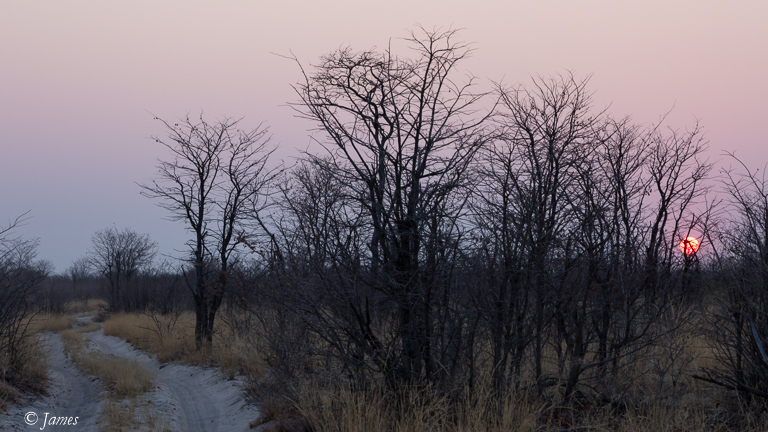
Tuskers sunrise 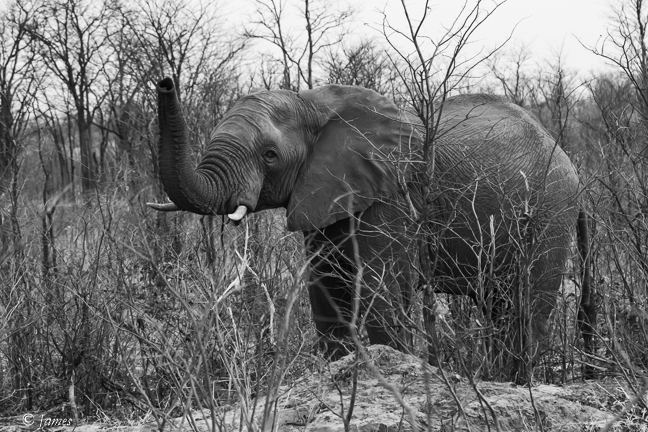
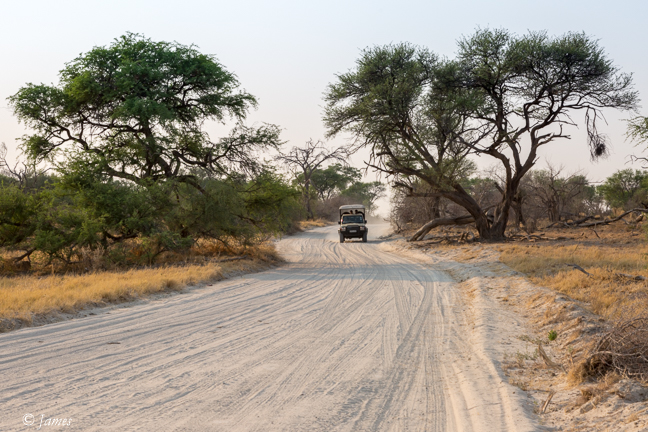

For Sale 
Moremi Gate 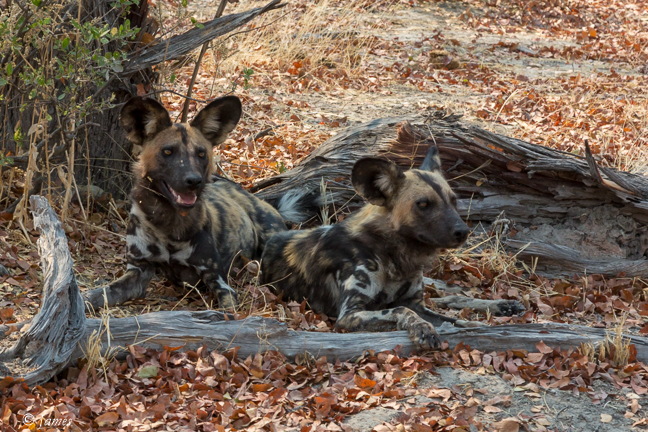
Painted Dog 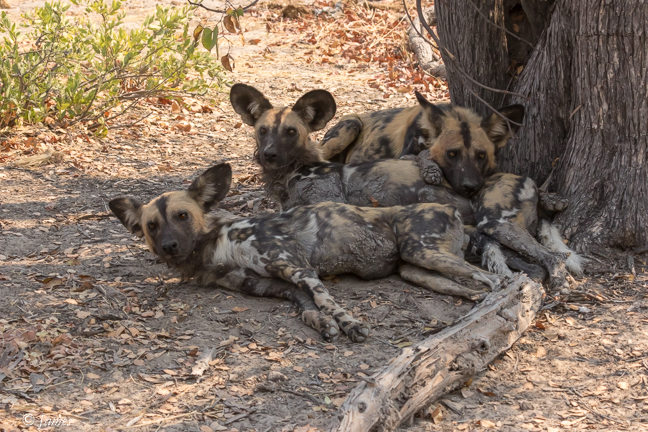
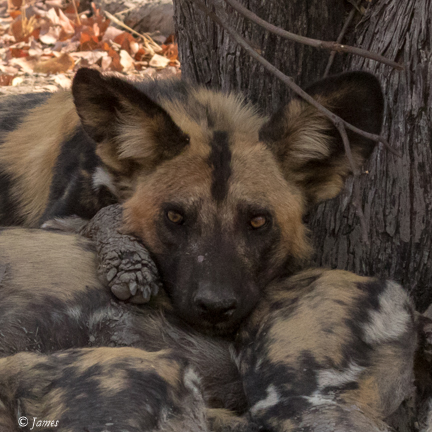
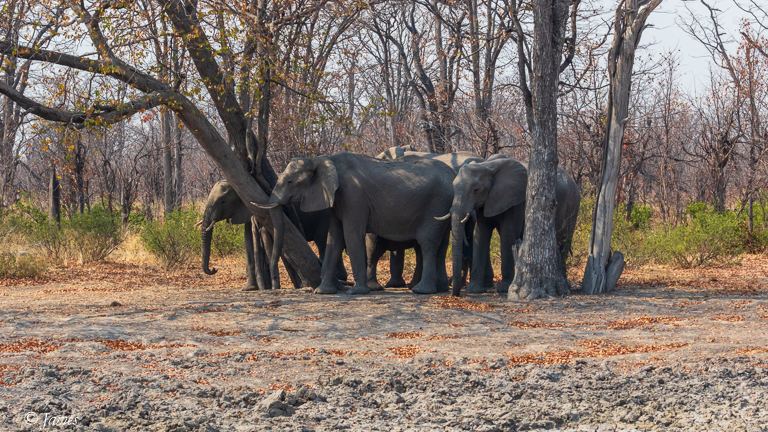
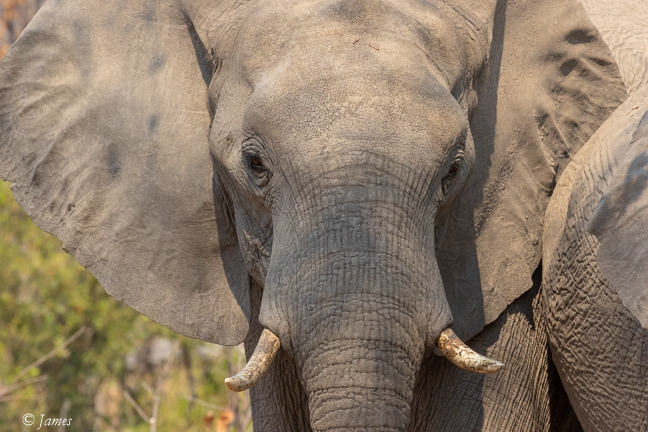
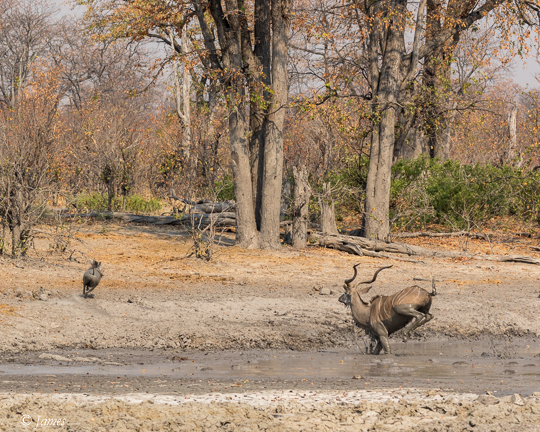
Lechwe/warthog 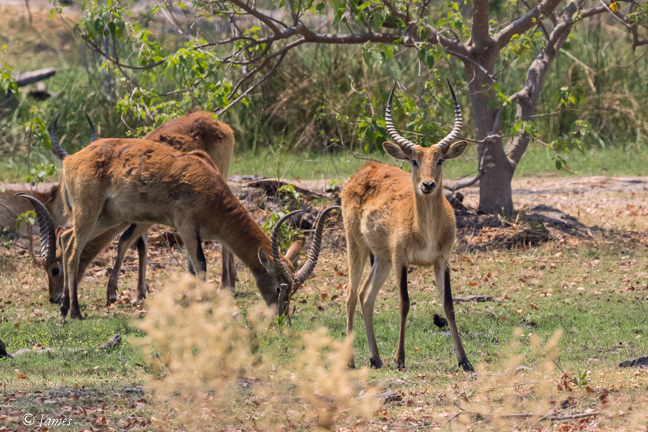
Xakanaxa Lechwe 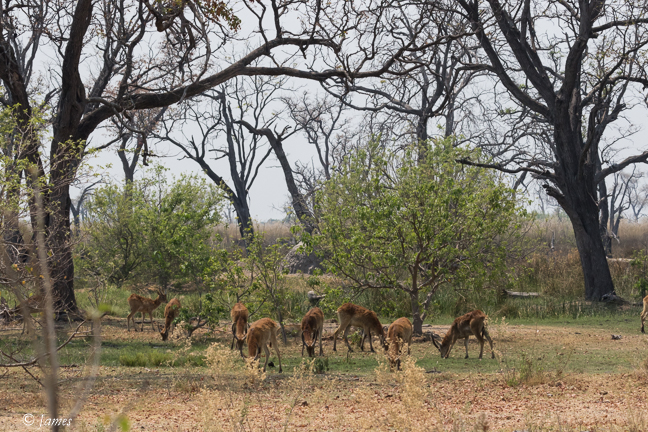
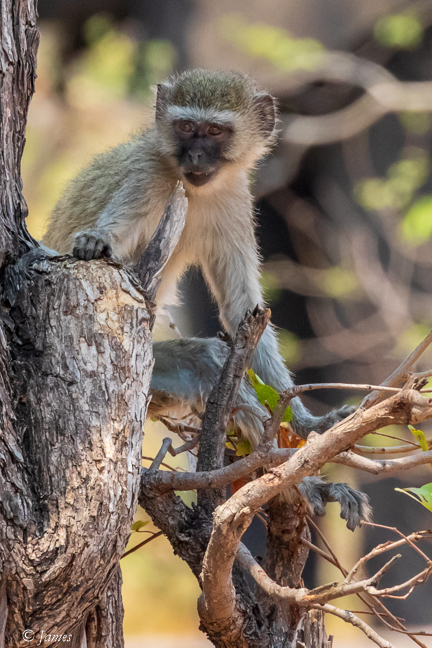
Vervet 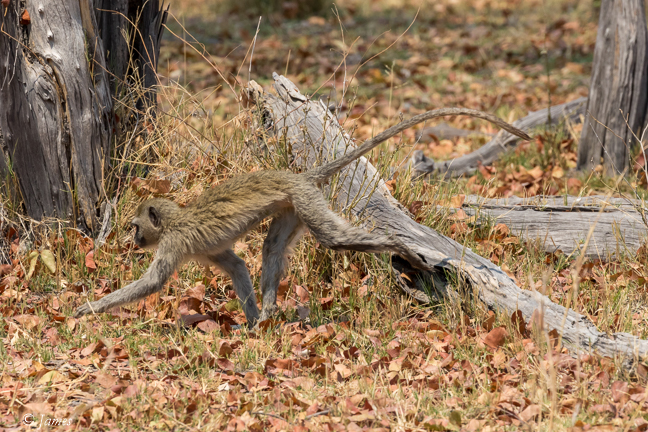
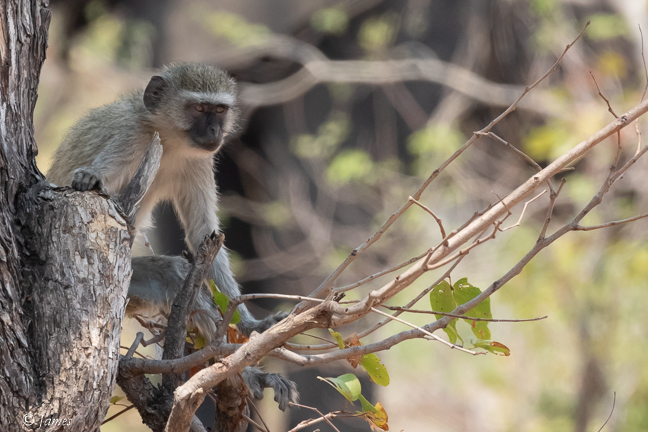
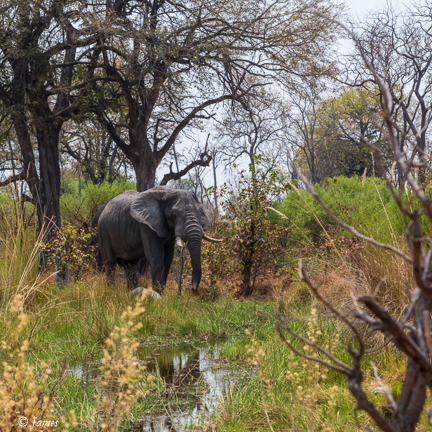
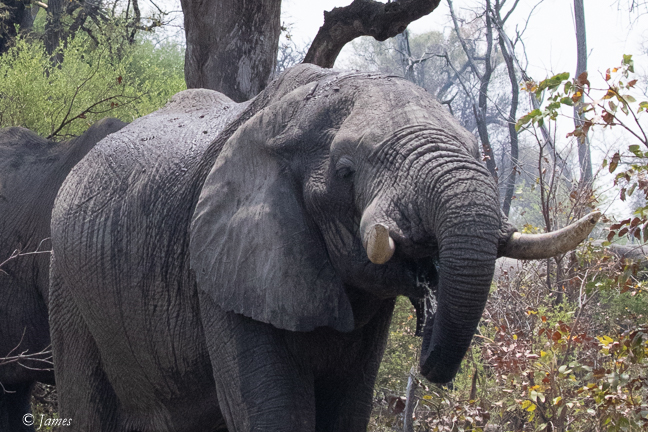
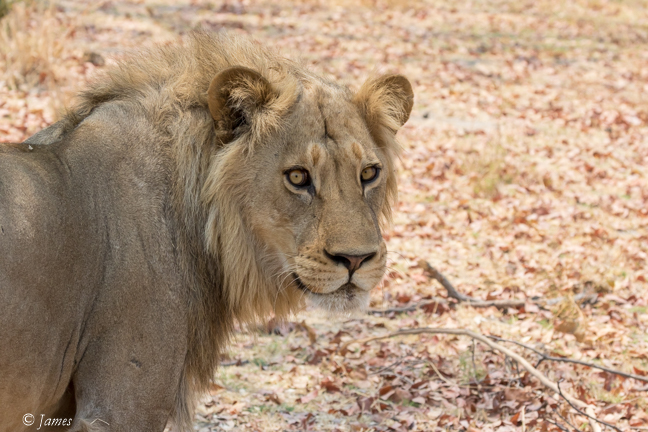
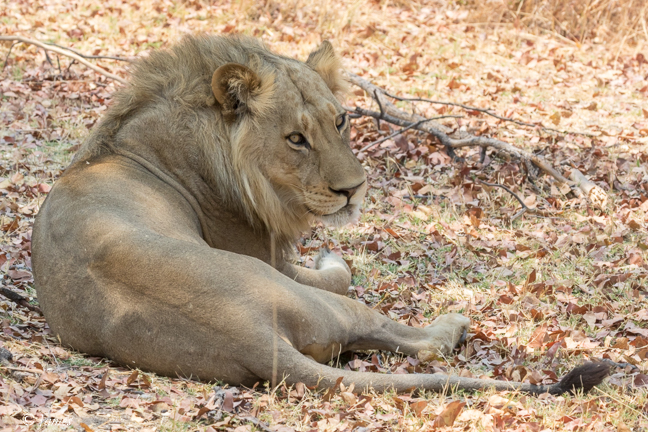
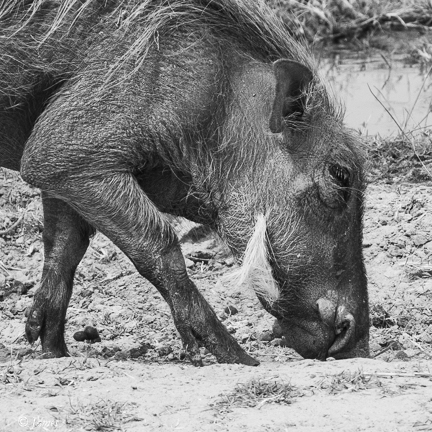
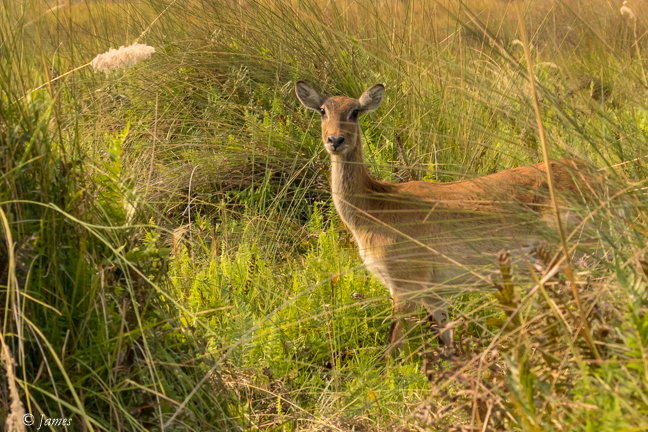
Lechwe 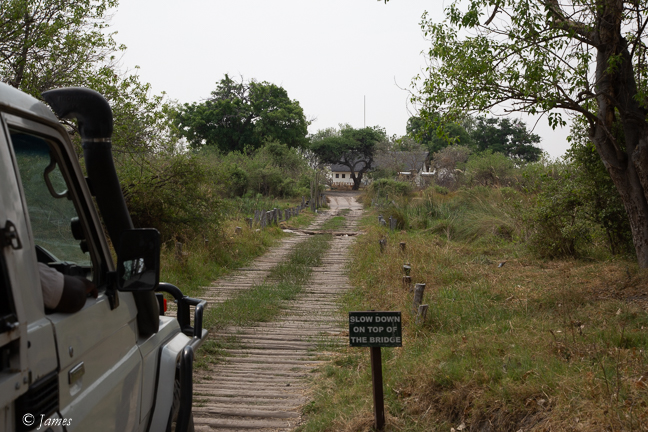
3rd Bridge 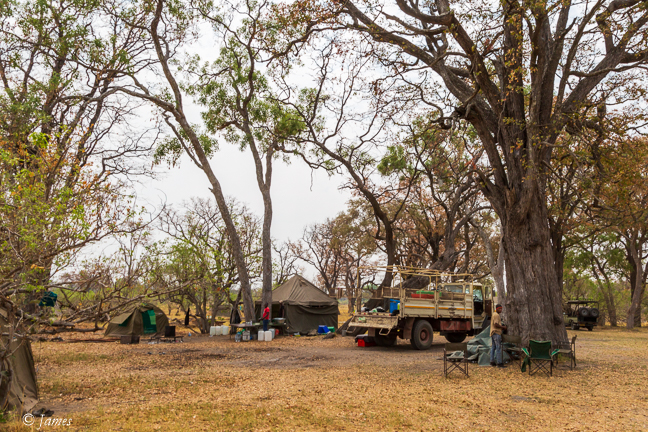
3rd Bridge Camp 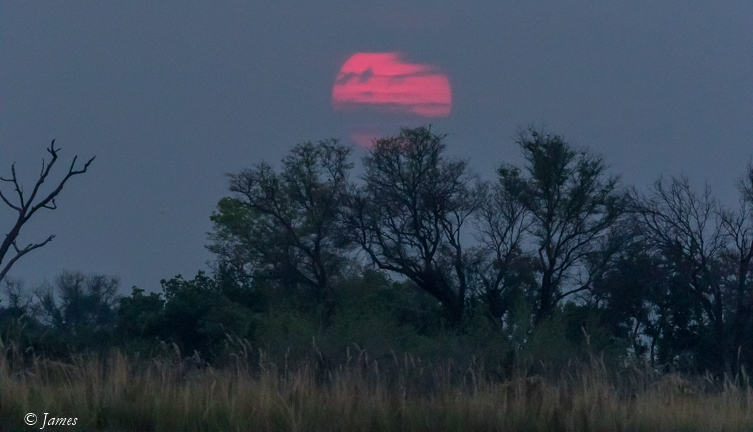
Xobega
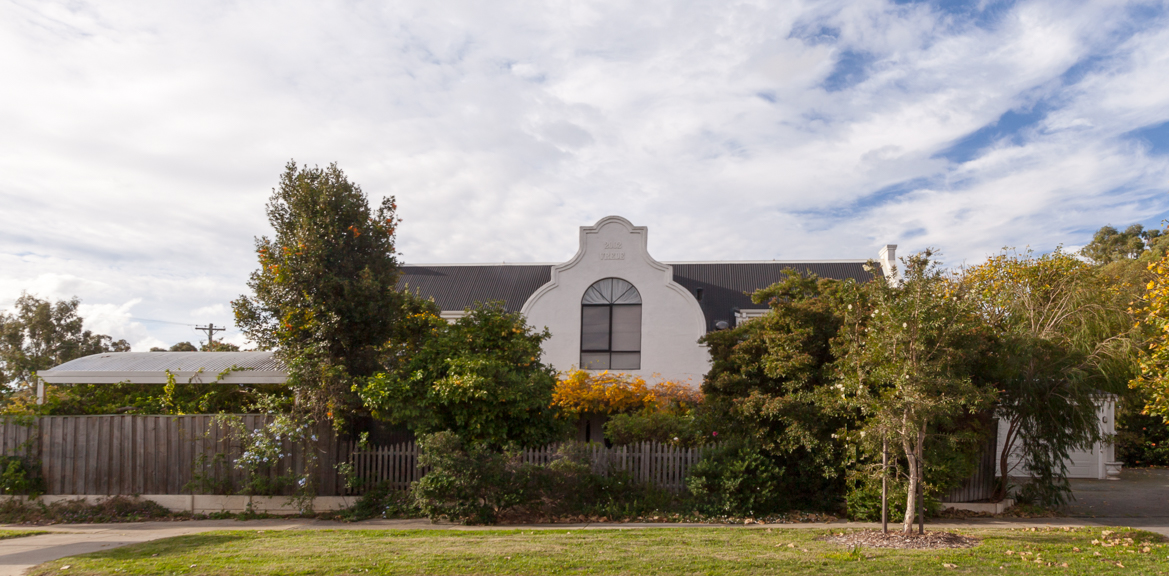
Thick sand at only 10kmph for 2 hours?! I’m amazed the engines last. I remember when we got caught like that our 4WD overheated and we were sitting ducks!
You must have had dreams about ice water. Couldn’t bear that heat.
Its hard on machines though they seem to be ok
The camp sounds SO basic! Not my cup of tea ☕️